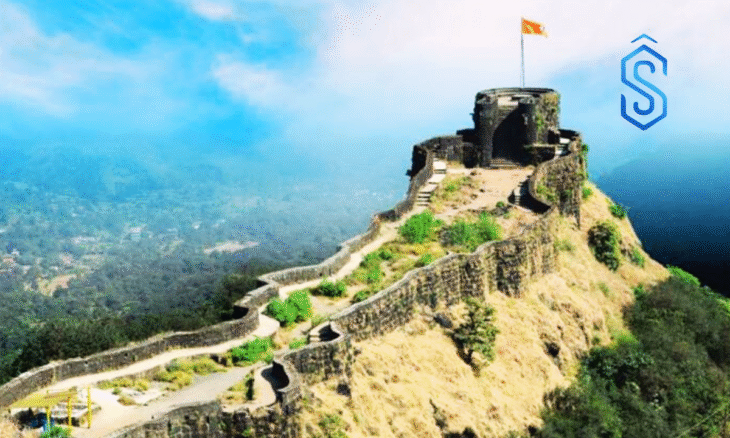New Delhi: In a historic recognition of India’s military and architectural heritage, the Maratha Military Landscapes of India have been officially inscribed on the UNESCO World Heritage List, marking the 44th such entry for the country.
The announcement was made during the 47th Session of the World Heritage Committee, held in Paris, with overwhelming support from 18 out of 20 State Parties.
The newly recognized heritage property, the Maratha military landscapes, comprises twelve iconic forts across Maharashtra and Tamil Nadu, including Raigad, Shivneri, Lohgad, Salher, Pratapgad, Sindhudurg, Gingee, and others.
Also Read: DRDO-IIT Delhi Demonstrate 1 km Quantum Entanglement-Based Free-Space Quantum Secure Communication
These forts were constructed between the 17th and 19th centuries CE and exemplify the Maratha Empire’s advanced strategic military planning, topographical understanding, and unique architectural innovation.
This diverse fort network – spanning hill forts, coastal forts, island forts, and plateau forts – was nominated under UNESCO Criteria (iv) and (vi) for its Outstanding Universal Value (OUV). The designation highlights their representation of a living cultural tradition, exceptional military ingenuity, and historical association with Maratha rule and resistance.
Maratha Military Landscapes of India: Forts That Made History
The listed sites include:
- Hill forts like Shivneri, Lohgad, Raigad, and Salher
- Island forts such as Khanderi, Suvarnadurg, and Sindhudurg
- Coastal forts like Vijaydurg
- Forest and plateau forts like Pratapgad and Panhala
- The iconic Gingee Fort in Tamil Nadu
While several of these forts fall under the Archaeological Survey of India (ASI), others are preserved by the Government of Maharashtra’s Directorate of Archaeology and Museums.
India’s Cultural Legacy Grows
This landmark addition of Maratha military landscapes follows India’s successful inscription of Moidams of Charaideo (Assam) at the 46th session in 2023. With 44 World Heritage Sites now, India stands 6th globally and 2nd in the Asia-Pacific region in terms of recognized UNESCO cultural and natural heritage.
Prime Minister Narendra Modi, Culture Minister Gajendra Singh Shekhawat, and Maharashtra Chief Minister Devendra Fadnavis hailed the development as a proud moment for the nation.
The nomination process took 18 months, involving advisory missions and expert evaluations from ICOMOS and the World Heritage Centre, validating the strategic, architectural, and cultural significance of the Maratha military landscapes forts.
Also Read: NDA Convocation Ceremony 2025: 336 Cadets Graduate in 148th Passing Out Parade
India currently has 62 sites on its Tentative World Heritage List. As a member of the World Heritage Committee (2021–2025), India continues to play a leading role in international cultural diplomacy and heritage advocacy.









